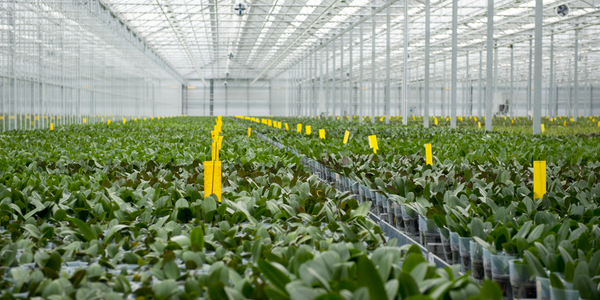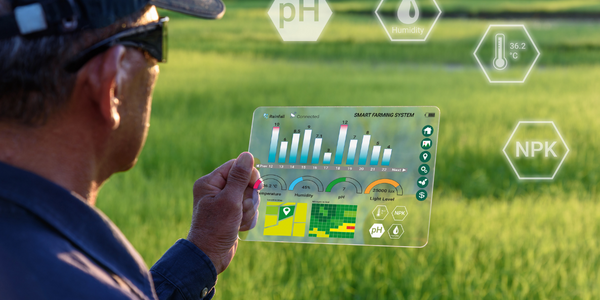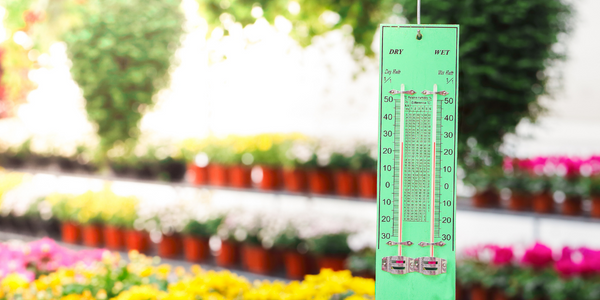Customer Company Size
Large Corporate
Region
- America
Country
- United States
Product
- oneWeigh™ scale automation system
Tech Stack
- Software Automation
Implementation Scale
- Enterprise-wide Deployment
Impact Metrics
- Productivity Improvements
- Digital Expertise
Technology Category
- Application Infrastructure & Middleware - Data Exchange & Integration
Applicable Industries
- Agriculture
Applicable Functions
- Logistics & Transportation
Use Cases
- Supply Chain Visibility
- Inventory Management
Services
- Software Design & Engineering Services
About The Customer
CHS, Inc. is a leading global agribusiness owned by farmers, ranchers and cooperatives across the United States. The company operates petroleum refineries/pipelines and manufactures, markets and distributes Cenex® brand refined fuels, lubricants, propane and renewable energy products. The grain terminal in Savage, MN is a part of this vast network. The terminal handles an average of approximately 60 million bushels of grain yearly consisting primarily of corn, soybeans, and small grains such as wheat, barley, and oats. For inbound grain, about 90% is delivered by truck and 10% by rail. For outbound shipments, barge accounts for 80% and rail 20% of the volume.
The Challenge
The CHS, Inc. grain terminal in Savage, MN faced a significant challenge when they decided to switch over to the oneWeigh™ scale automation system from Cultura Technologies. The switch happened in late February 2011, at a time when the Minnesota River had breached its banks, and the terminal was shut down. As a result, the terminal was already facing a backlog of inbound grain trucks. To catch up, the terminal was soon handling 400 to 500 trucks daily using oneWeigh. While these volumes aren’t all that unusual at the terminal, the situation was still less than ideal for testing a new system because there was virtually no opportunity for training.
The Solution
The solution to the challenge faced by the CHS, Inc. grain terminal was the oneWeigh™ scale automation system from Cultura Technologies. The software was installed during a period of high demand and flooding, which provided a rigorous test for its capabilities. The oneWeigh software system greatly improved the terminal's bulkweighing capacity and efficiency. The weigh scale data is uploaded daily to the IT department at CHS, Inc.’s corporate headquarters in Inver Grove Heights, MN, which is 20 miles from the terminal. The Cultura software can be upgraded easily and is very expandable and flexible, which are very important for the terminal's future plans.
Operational Impact
Quantitative Benefit

Case Study missing?
Start adding your own!
Register with your work email and create a new case study profile for your business.
Related Case Studies.

Case Study
Intelligent Farming with ThingWorx Analytics
Z Farms was facing three challenges: costly irrigation systems with water as a limited resource, narrow optimal ranges of soil moisture for growth with difficult maintenance and farm operators could not simply turn on irrigation systems like a faucet.

Case Study
Greenhouse Intelligent Monitoring and Control Solution
Farming Orchids is the most successful form of precision farming in Taiwan, and also the most exported flower. Orchids need a specific temperature and humidity conditions to grow and bloom, and its flowering time may not be in line with market demands, so the price collapses when there is overproduction. Therefore, some farmers began to import automated greenhouse control systems for breeding and forcing, which not only improves quality, but also effectively controls the production period and yield to ensure revenue. In 2012, an orchid farmer built a Forcing Greenhouse of about 200 pings (approximately 661 Square Meters) in Tainan, Taiwan. The system integrator adopted Advantech’s APAX-5000 series programmable automation controllers to build the control platform, coupled with Advantech WebAccess HMI/SCADA software, to achieve cloud monitoring. The staff of the orchid field can monitor important data anytime via smart phone, iPad, and other handheld devices, and control the growth and flowering conditions. System requirements: In the past, most environmental control systems of orchid greenhouses in Taiwan used PLCs (Programmable Logic Controller) with poorscalability and control, and could not be connected to the Internet formonitoring from the cloud. For advanced database analysis and networking capability, the PC platform must be adopted. Therefore, PAC Systems (Programmable Automation Controller) with both PLC programming capabilities andPC functions is a better choice.The environmental control of the Orchid greenhouse switches on and off devices like fan, shade net, cooling/heat pump, liquid flow control, water-cooling wall etc. It is controlled by a control panel of electric controllers, and is driven by a motor, to adjust the greenhouse temperature, humidity, and other environmental conditions to the set parameters.

Case Study
Enabling Internet of Things Innovation in Agriculture
DigiBale, wanted to apply technology know-how and IP from implementations successfully to more agriculture sectors including cotton, forestry, sugarcane and cattle. However, farmers and growers still have worries about the connected technology.

Case Study
Precision beekeeping with wireless temperature monitoring
Honeybees are insects of large economic value and provide a vital service to agriculture by pollinating a variety of crops. In addition, bees provide us with valuable products such as honey, beeswax, propolis, bee venom, etc. Monitoring of honeybee colony health, population, productivity, and environmental conditions affecting the colony health have always been exceedingly difficult tasks in apiculture. Research has shown that even small deviations (by more than 2°C) from the optimal temperatures have a significant influence on the development of the brood and the health of adult bees.





